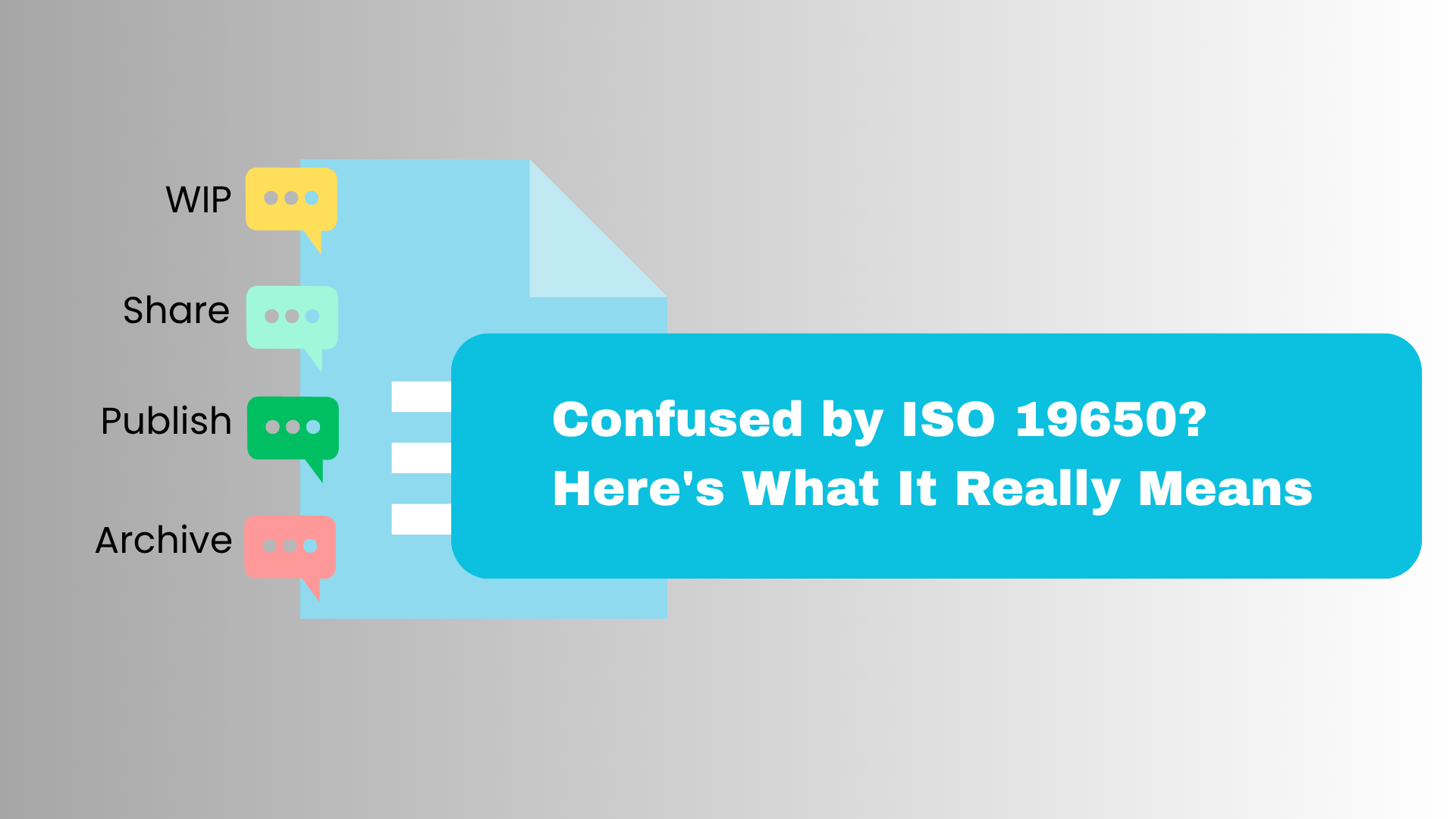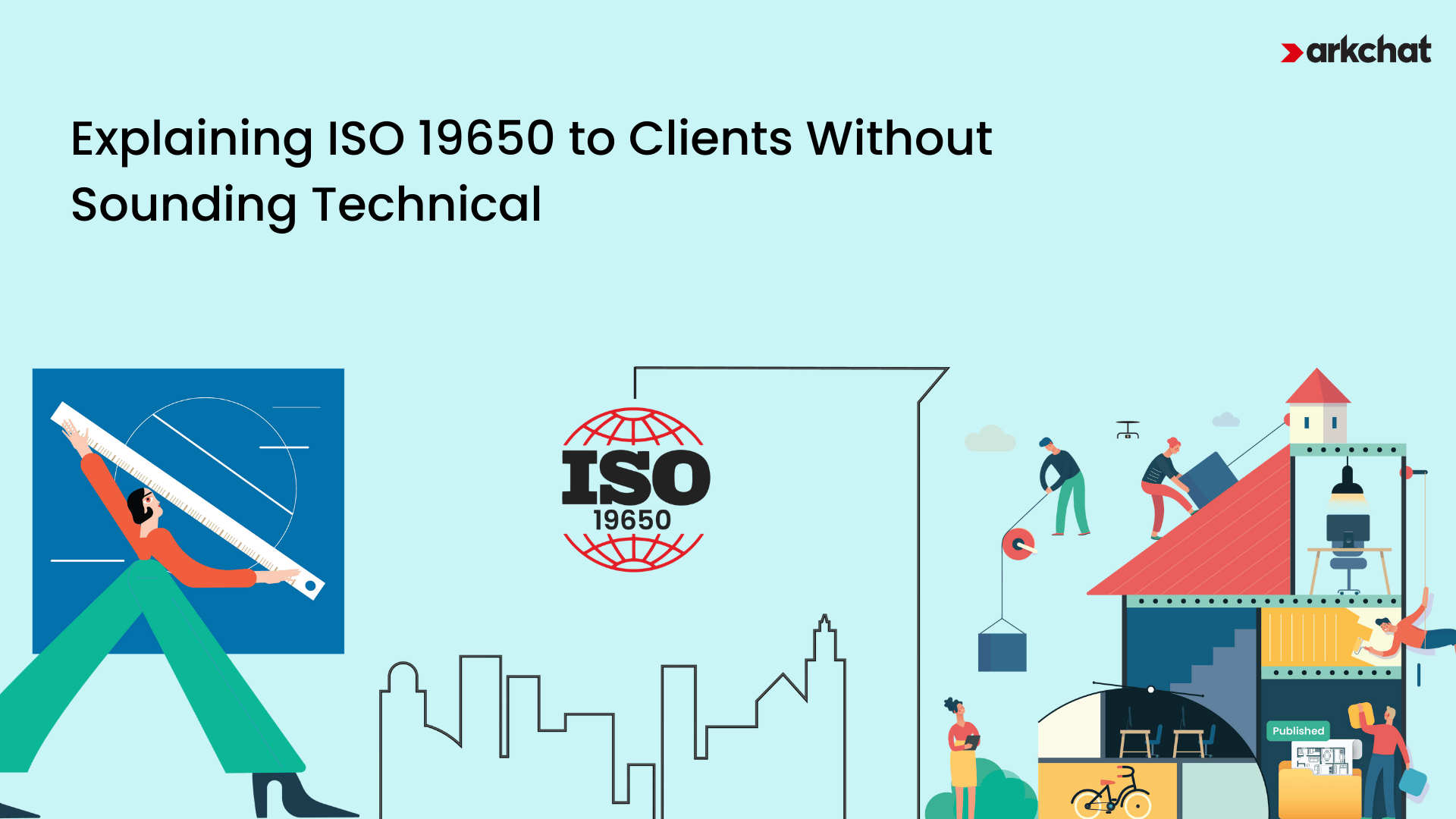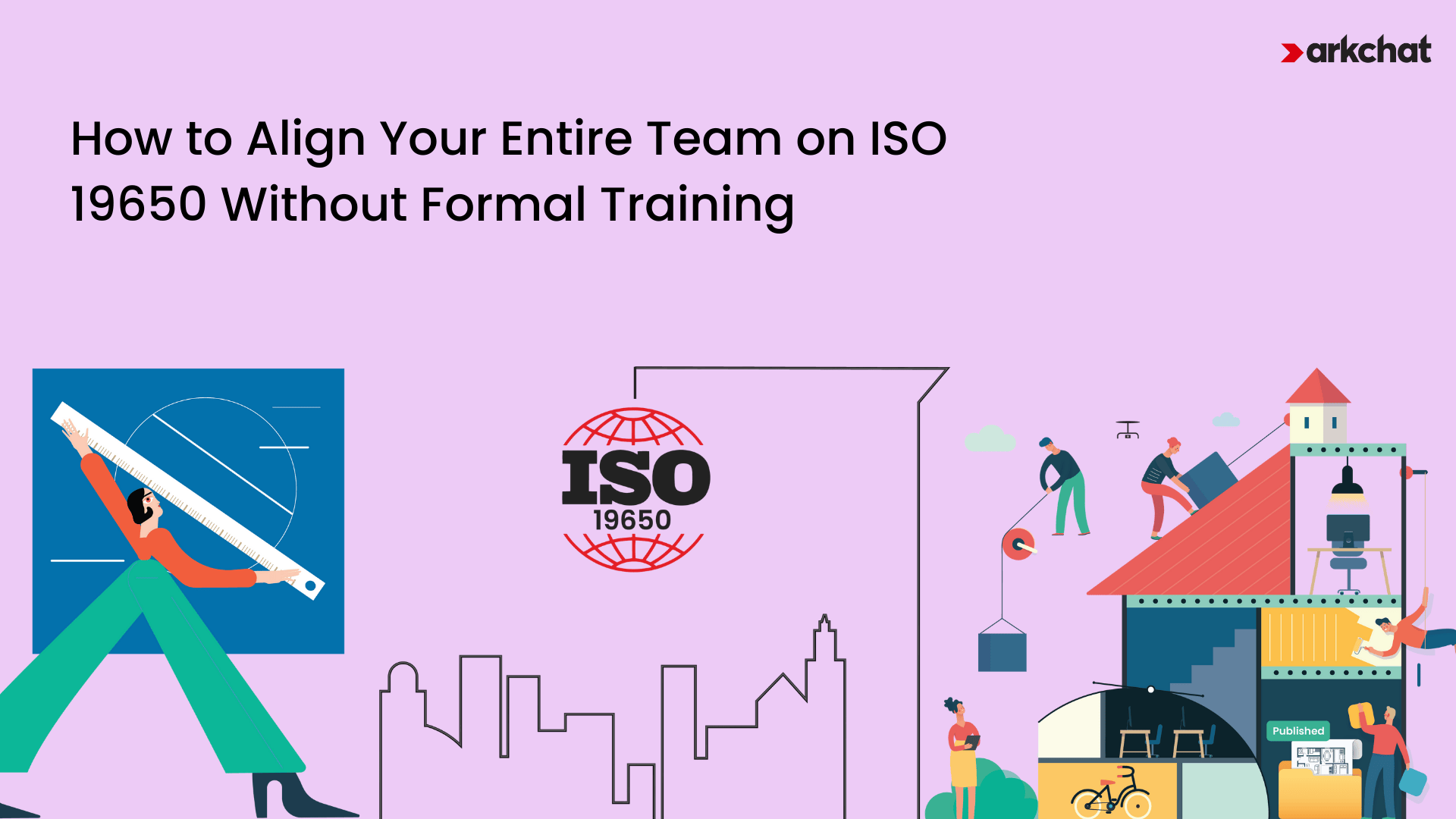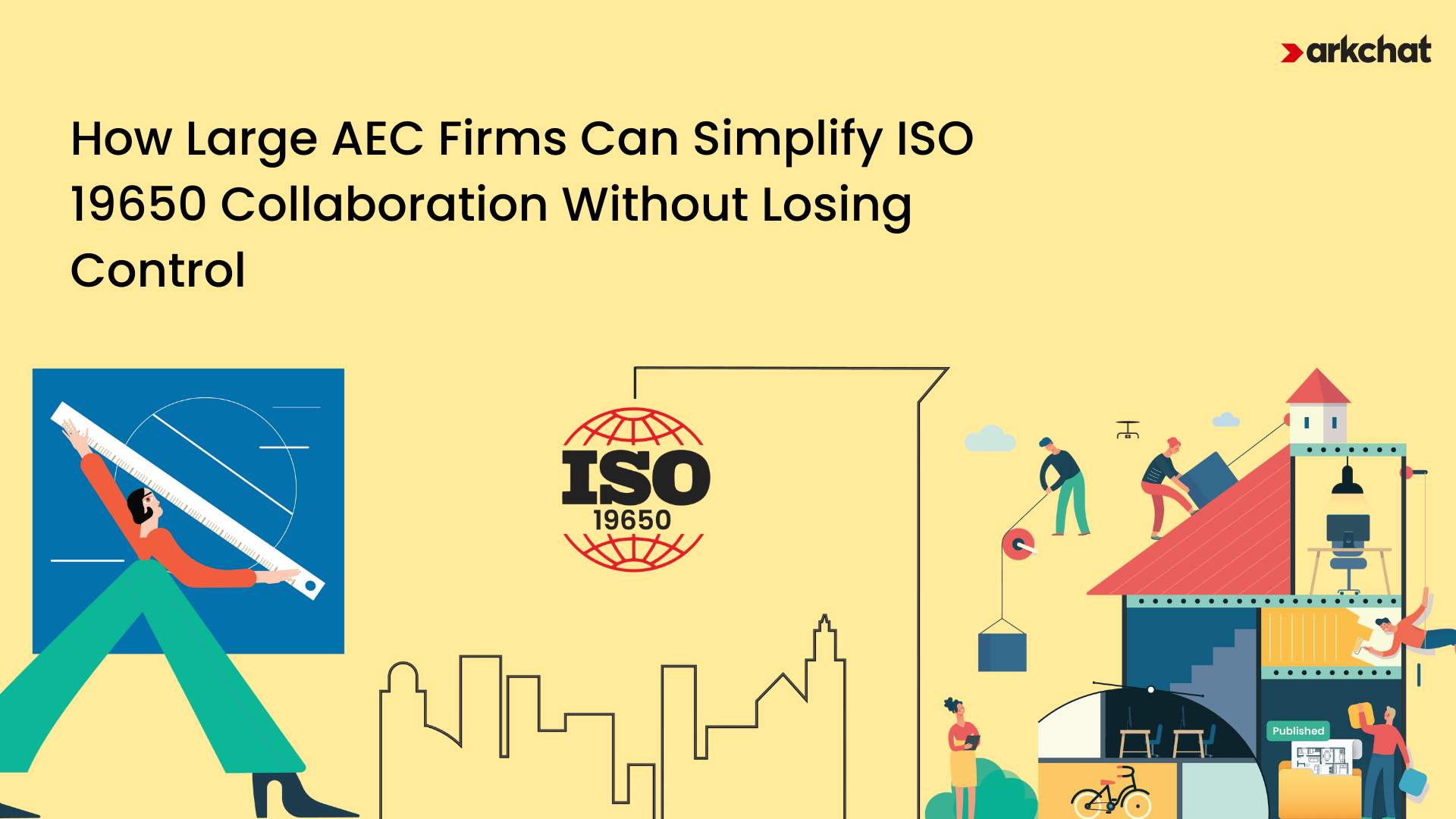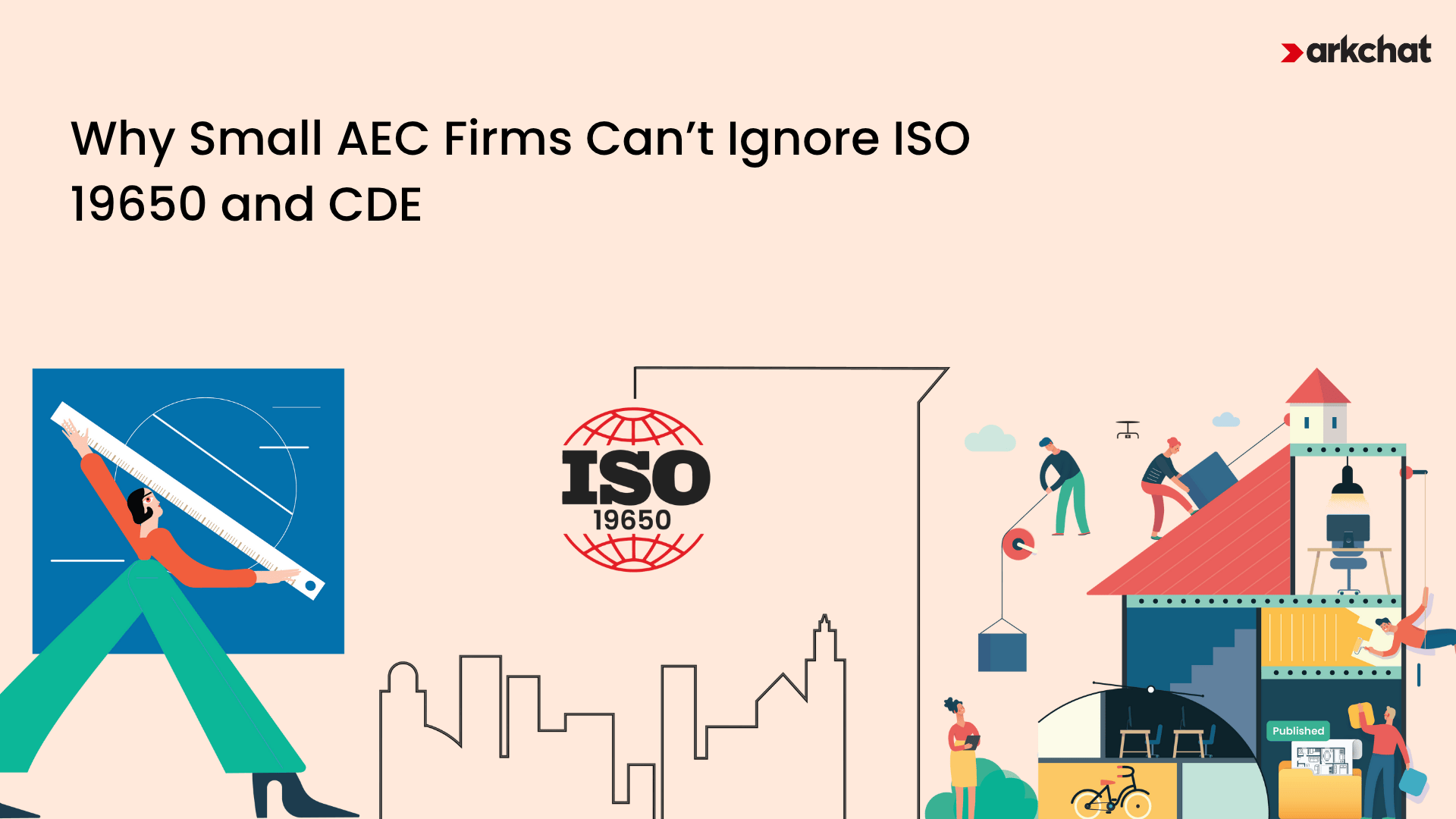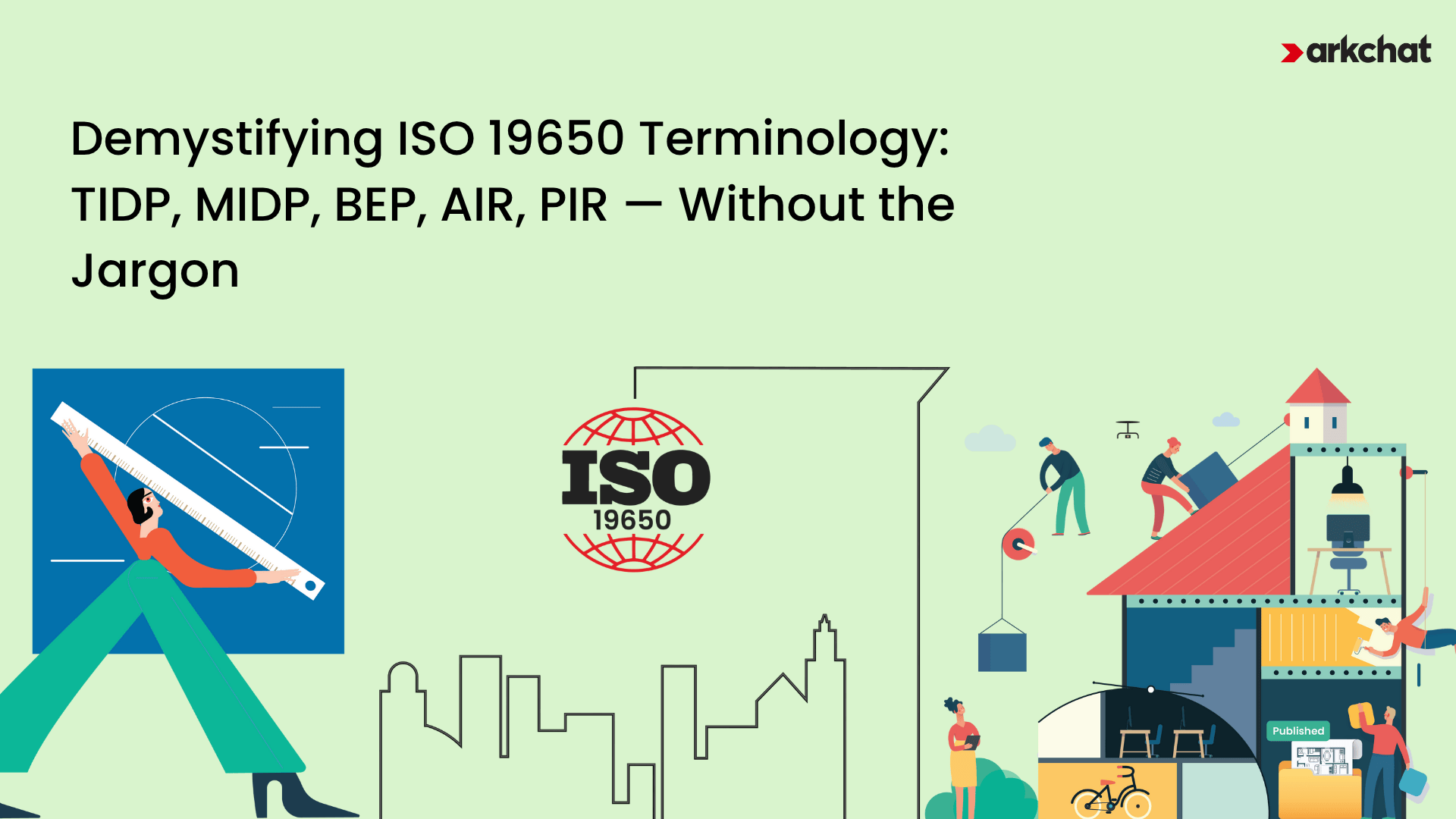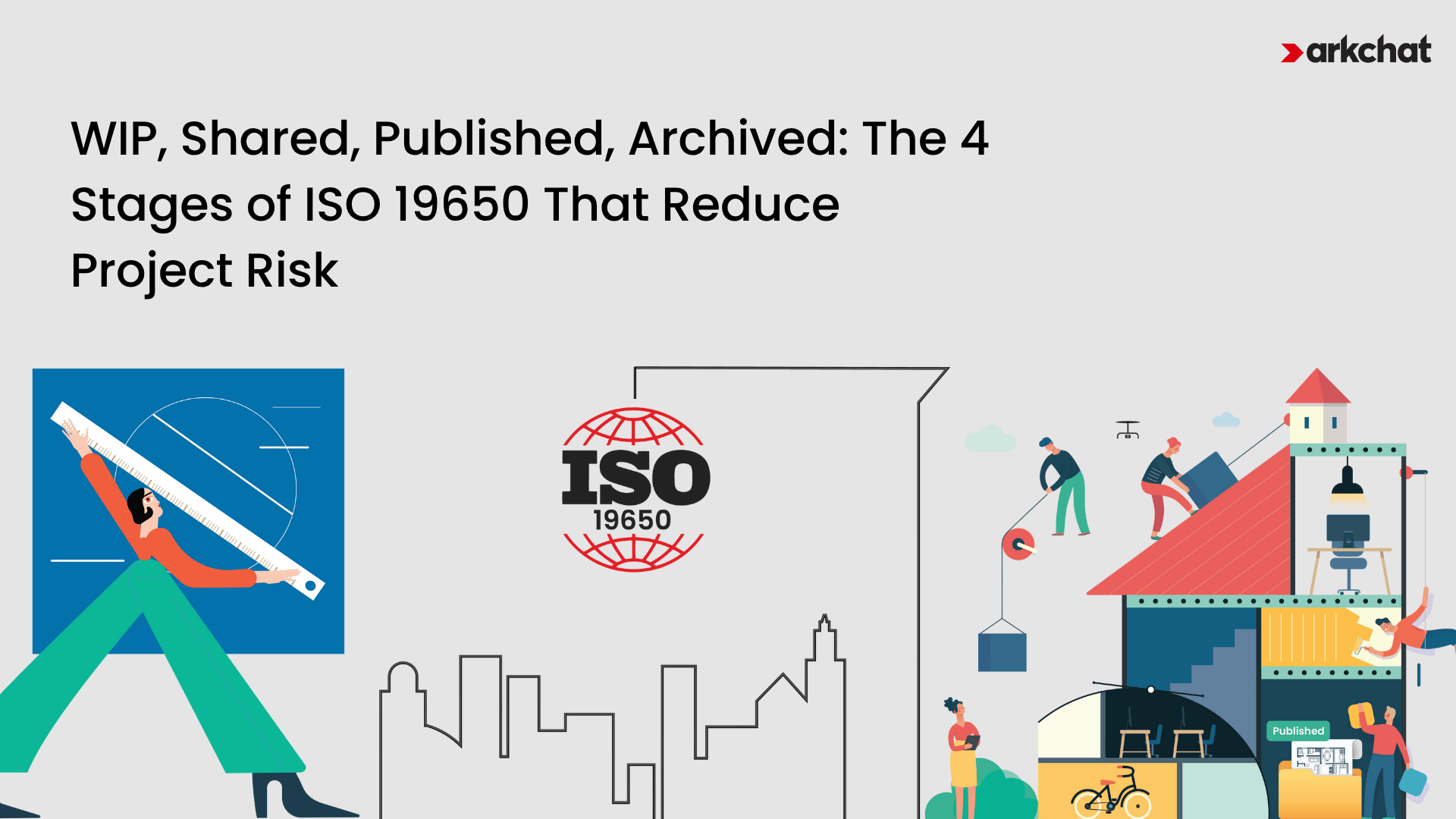Part 2 of the series: “Mastering Project Information Management — The ISO 19650 Way”
About this Series
In my first article, I spoke about the day-to-day mess most AEC professionals deal with — scattered drawings, unclear approvals, lost versions. That chaos isn’t just inconvenient, it’s risky.
As I wrote then: fixing project information workflows is no longer optional.
Now, I want to dive deeper into a global standard that offers a clear path forward: ISO 19650 BIM.
If you’ve ever wondered what ISO 19650 actually means — especially in relation to Building Information Modelling (BIM) — this article is for you.
What Is ISO 19650 BIM?
Let’s start with a straightforward explanation of ISO 19650 BIM.
It’s an international standard that guides how information is produced, shared, stored, approved, and managed across the lifecycle of a built asset — from initial concept to demolition — using BIM as the foundation.
More simply put:
ISO 19650 BIM is a structured way to ensure the right project data reaches the right people at the right time — in the right format.
It helps teams avoid confusion, duplication, and rework by bringing consistency to how information flows across AEC projects.
This is especially important when multiple firms — across design, engineering, and construction — collaborate on a single project.
Why ISO 19650 BIM Exists
Before ISO 19650, many countries had their own BIM guidelines. The UK had PAS 1192, while others followed national or company-specific standards. As projects became more global and collaborative, this patchwork of rules became a major barrier.
The ISO 19650 BIM framework was developed to bring global consistency, allowing teams from different regions, companies, or disciplines to work together with less friction.
In an era where data drives everything from clash detection to digital twins, a shared framework like this is essential.
The ISO 19650 BIM framework is split into parts. While there’s a lot of detail, here’s a simplified breakdown of the key components:
- Part 1: Concepts and principles
- Part 2: Project delivery phase
- Part 3: Operational (post-handover) phase
- Part 5: Security of sensitive information
- Parts 4 and 6: (covering information exchange and health/safety) are under development
Together, they define:
- How roles and responsibilities are assigned
- What information needs to be delivered and when
- How that information is named, stored, approved, and controlled
- The use of a Common Data Environment (CDE)
- How structured metadata and workflows reduce miscommunication
If you’re implementing BIM, you’ll eventually run into these expectations — whether by client requirement, government mandate, or simply because they improve project outcomes.
Why It Matters — No Matter Your Company Size
There’s a myth that ISO 19650 BIM only applies to mega-projects or large engineering firms.
But the truth is, its benefits apply to any team using BIM — whether that’s a three-person studio or a multinational contractor.
Here’s how smaller and mid-sized AEC firms benefit:
✅ Better control over who sees what and when
✅ Fewer mistakes due to consistent versioning
✅ Clear approvals, reducing ambiguity on decisions
✅ Client trust, especially in international or public-sector work
✅ Preparation for future workflows involving digital twins, smart cities, or AI
You don’t have to become fully certified or change everything overnight.
But even adopting some key ISO 19650 BIM principles — such as structured naming or approval workflows — can make a major difference.
But Isn’t It Overly Technical?
I’ll be honest — when I first started studying ISO 19650 BIM, it felt like reading a user manual written by a standards committee.
It’s heavy on diagrams, acronyms, and abstract terms.
But here’s the good news: you don’t need to implement the entire standard at once. You can start by building ISO 19650-aligned habits into your day-to-day workflows:
- Consistent drawing and document naming
- Using a centralised platform (CDE) for all team collaboration
- Adding metadata to your files (like revision status, author, approval date)
- Defining clear roles for who creates, approves, and shares information
These small changes lay the groundwork for long-term gains.
Where ISO 19650 BIM Shows Up in Real Life
Let’s say your team is collaborating with external MEP consultants on a hospital project.
If your BIM model isn’t structured and your drawings lack clear versioning:
- Consultants may clash on-site with overlapping services
- Old versions may be issued to the contractor
- No one can trace who approved a last-minute change
With ISO 19650 BIM workflows in place, that same project would include:
- A shared, single source of truth (CDE)
- File naming conventions that show revision status and discipline
- Clear metadata for each deliverable
- Traceable approvals logged against versions
It’s not about bureaucracy. It’s about protecting your project — and your business.
My Perspective as a Practitioner and Technologist
To be clear, I’m not a certified BIM auditor or standards expert. My background is in design, and now, as the founder of Arkchat, I’m deeply focused on improving how AEC professionals collaborate.
I started exploring ISO 19650 BIM not out of academic interest, but because the problems it solves — miscommunication, untraceable approvals, version chaos — are ones I’ve experienced firsthand.
And as we build tools to simplify collaboration, it became clear to me:
ISO 19650 doesn’t need to be complex. It just needs to be made accessible.
That’s exactly what I want this series — and eventually our product roadmap — to support.
What’s Next in This Series
In the next article, we’ll explore one of the most talked-about — and often misunderstood — parts of ISO 19650 BIM: the Common Data Environment (CDE).
What is it really?
How is it different from using Google Drive or OneDrive?
Why does it matter for BIM workflows?
If your team is storing files in 10 places or approving designs over WhatsApp, that’s a sign you need a CDE — and this next article will break it down for you.
